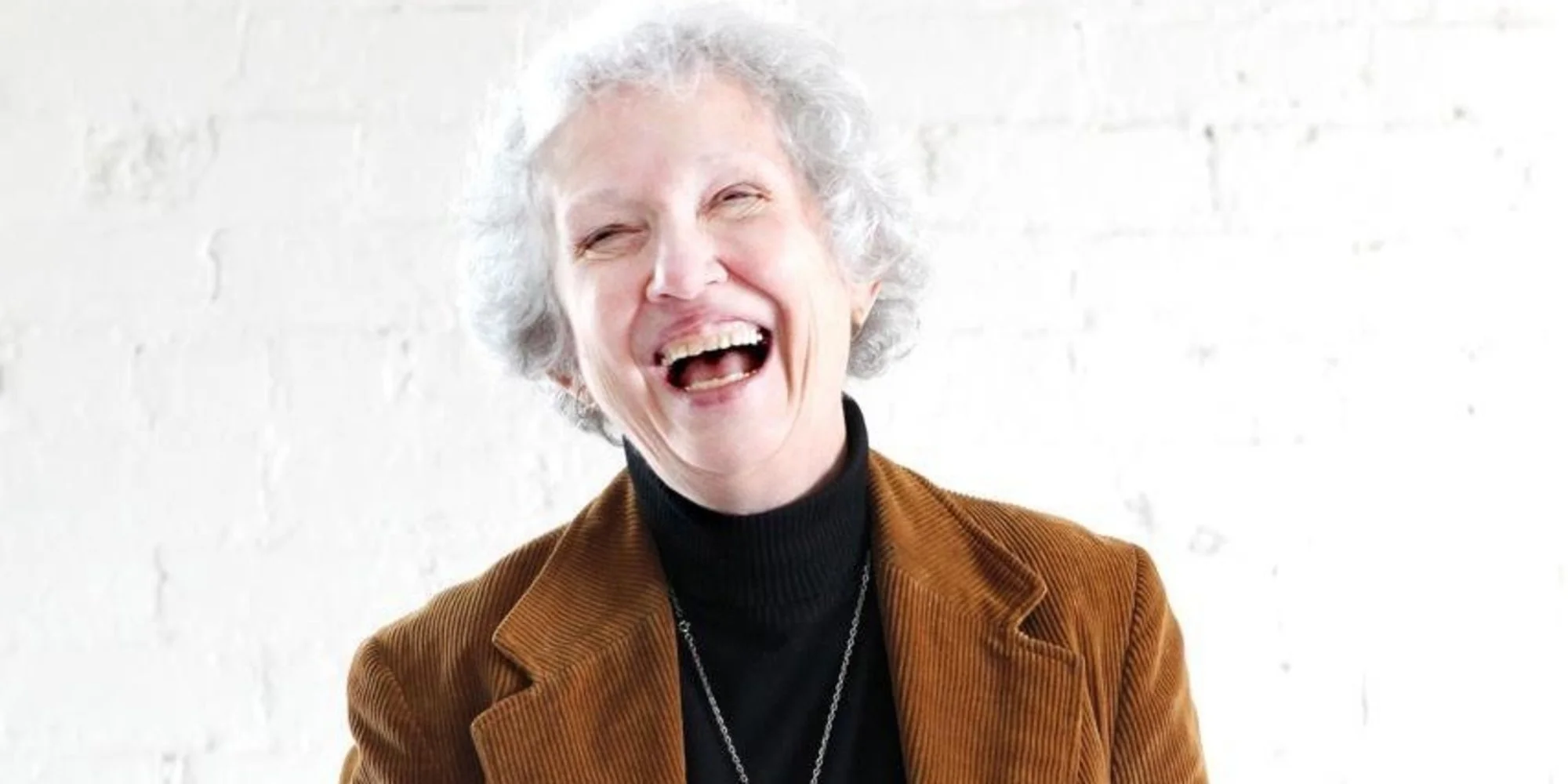If This Can Work In Omaha, This Can Work Anywhere Part 1: Beth Katz
After she finished college, Beth Katz felt a calling to facilitate interfaith conversations. So she started in the place she knew best - her hometown of Omaha, Nebraska. Now Project Interfaith is almost a decade old, and has garnered international recognition.
Also on the show, Katy Scrogin reviews Going Clear: Scientology, Hollywood, and the Prison of Belief by Lawrence Wright.
Beth Katz knew she would start an interfaith organization...someday.
But it seemed a long way off when she was in college. She had worked on interfaith issues and helped start interfaith organizations on campus with several classmates, and she knew the work was in her future, but it seemed like she would have some other career first. "I thought maybe - if no one else was doing it - we'd do it in our forties," she says.
But after graduation, she felt an undeniable calling. "It was a moment of clarity," she explains. "I knew this was what I had to do."
So in 2007, after graduate school, she moved back to her home town of Omaha and started Project Interfaith. The nonprofit has developed curricula and resources for schools and religious organizations, and has received national and international recognition for its programs.
One recent program, the RavelUnRavel Project, encouraged people of all ages to upload short videos responding to questions about their faith. The project has been a tremendous success, with almost 1,000 videos uploaded so far.
Also on the show, Katy Scrogin reviews Going Clear: Scientology, Hollywood, and the Prison of Belief by Lawrence Wright.
From the book description:
"A clear-sighted revelation, a deep penetration into the world of Scientology by the Pulitzer Prize-winning author of The Looming Tower, the now-classic study of al-Qaeda’s 9/11 attack. Based on more than two hundred personal interviews with current and former Scientologists—both famous and less well known—and years of archival research, Lawrence Wright uses his extraordinary investigative ability to uncover for us the inner workings of the Church of Scientology.
At the book’s center, two men whom Wright brings vividly to life, showing how they have made Scientology what it is today: The darkly brilliant science-fiction writer L. Ron Hubbard, whose restless, expansive mind invented a new religion. And his successor, David Miscavige—tough and driven, with the unenviable task of preserving the church after the death of Hubbard.
In Going Clear, Wright examines what fundamentally makes a religion a religion, and whether Scientology is, in fact, deserving of this constitutional protection. Employing all his exceptional journalistic skills of observation, understanding, and shaping a story into a compelling narrative, Lawrence Wright has given us an evenhanded yet keenly incisive book that reveals the very essence of what makes Scientology the institution it is."



